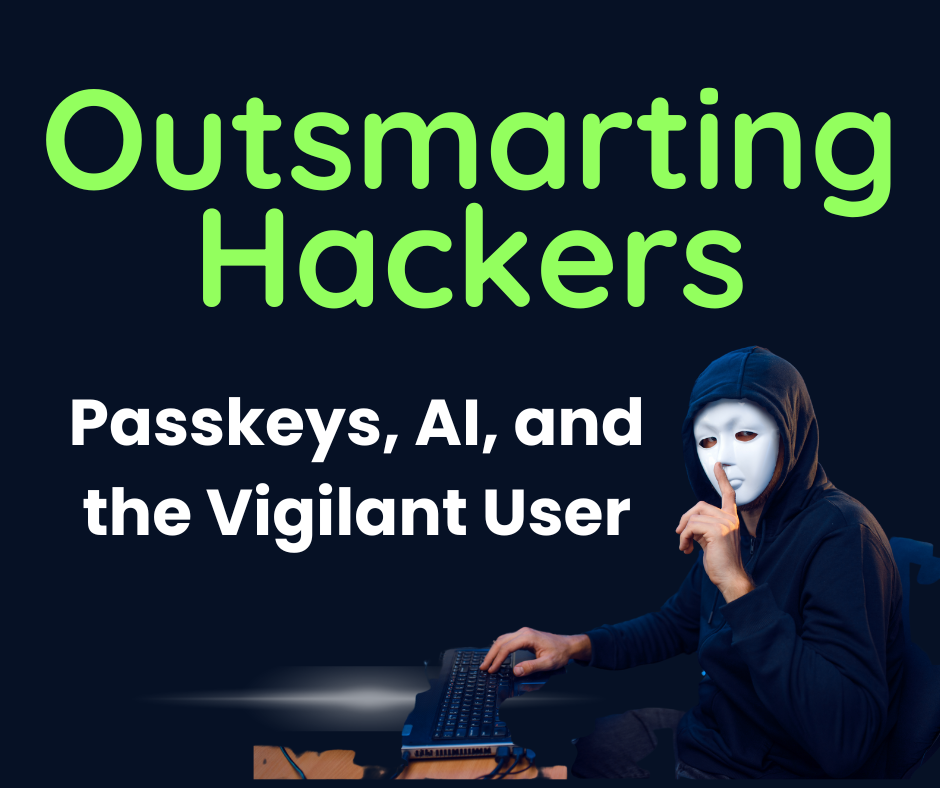By Dhirendra Pratap Singh

The advancement in ICT has resulted in the emergence of virtual classrooms. Imparting education through virtual classrooms is a new concept that is becoming popular not only in traditional educational institutions, but also in training centers with vocational courses. It has ensured access to learning from qualified staff members, transcending the geographical boundaries. The new integrated ICT infrastructure adopted by educational institutions enables enrichment of the learning process through real-time exchange of information and sharing of best practices in imparting education across the globe.
Enter the mobile device, which has arguably impacted India in ways unlike any other technology. As per TRAI, India has more than 950 million mobile phone connections and is also among the cheapest in terms of tariffs. For many, their mobile device is the only screen available to them, as well as their first internet experience. With such far-reaching influence, the mobile ecosystem is also well-positioned to help meet the equally widespread demand for education in India.
TechNavio’s analysts forecast the Global m-Education market to grew at a CAGR of 32.50 percent over the period 2012-2016. One of the key factors contributing to this market growth is the increase in government initiatives. The Gobal m Education market has also been witnessing an upsurge in mergers and acquisitions. However, the reluctance of educational institutions to frequently update ICT infrastructure could pose a challenge to the growth of this market. According to the report, one of the major drivers is increasing government initiatives. Various initiatives which consist of distributing devices and implementing policies, which drive the growth of mobile education, are being taken in various countries. The report reveals that the reluctance of educational institutions to update ICT infrastructure frequently is one of the key challenges in the market.
Mobile devices and personal technologies that can support mobile learning, include:
E-book
Handheld audio and multimedia guides, in museums and galleries
Handheld game console, modern gaming consoles
Personal audio player, e.g. for listening to audio recordings of lectures (podcasting)
Personal Digital Assistant, in the classroom and outdoors
Tablet computer
UMPC, mobile phone, camera phone and SmartPhone
Technical and delivery support for mobile learning include:
3GP For compression and delivery method of audiovisual content associated with Mobile Learning
GPRS mobile data service, provides high speed connection and data transfer rate
Wi-Fi gives access to instructors and resources via internet
Cloud computing for storing and sharing files
The challenges include:
Accessibility and cost barriers for end users.
How to assess learning outside the classroom
How to support learning across many contexts
Content’s security or pirating issues
Frequent changes in device models/technologies/functionality etc.
Developing an appropriate theory of learning for the mobile age
Conceptual differences between e-learning and m-learning
Design of technology to support a lifetime of learning
Tracking of results and proper use of this information.
In spite of the potential for grass-roots mobile learning efforts to grow and expand, there is still a need for clear national-level policies, plans and actions to promote the use of mobile phones in education. It is evident that robust technological infrastructure is a prerequisite for mobile learning but not the ultimate factor in determining the success and impact of mobile learning efforts. Governments need to communicate with key stakeholders to ensure their support and cooperation. Telecommunications companies also need to be assured of the potential and stability of the mobile learning market, in order to encourage collaboration, joint projects and investments. Likewise, research institutions require governmental interventions in the form of clear directives, goals and funding to support their research. At the micro level, it is important to encourage the development of institutional or school-level policies that consider the pivotal role of teachers and learners in implementing mobile learning initiatives. The technological infrastructure, including computers, mobile devices, and high-speed internet needs to be further developed to provide access for greater segments of the Indian population to online education. As long as technological barriers remain pervasive, only the privileged few will have access to these education options, further exacerbating the inequality of educational opportunity in India.







